In Ottawa, it seems that roundabouts are everywhere! A circular intersection where traffic only flows counter-clockwise around a centre island, roundabouts are a popular way to control the flow of traffic on feeder roads for residential communities. With traffic moving at a slower speed, and fewer points of potential contact, it’s a safer way to keep cars flowing continuously at a high capacity.
Do you know the rules of roundabouts?
DO yield to traffic already in the roundabout.
As you approach the roundabout, slow down and look to your left for traffic already in the circle moving towards your entrance; this may include cars, trucks, buses, or bicycles. If other vehicles are approaching, come to a full stop and wait for a clear gap for entry.
DO stop for crossing pedestrians.
In Ottawa, most roundabouts have the rule that pedestrians have the right of way, although this varies; watch signage for guidance, and when in doubt, yield to pedestrians. Stop for pedestrians both when entering and exiting the roundabout; this may mean stopping inside the roundabout circle to allow walkers to cross safely. And if you’re a pedestrian, only cross at the entry/exit points of the roundabout. DO NOT cross through the center island.
DO signal your exit from the roundabout.
Use your right-hand turn signal as you approach your final exit to indicate that you are about to leave the roundabout. If you miss your exit, turn off your indicator and proceed around the full loop and try again.
DO use the correct lane for your planned exit.
This can be a tricky one! Some Ottawa roundabouts have multiple lanes and some lanes are specific to some exits only. Watch signage carefully as you approach the roundabout and enter using the correct lane for your exit. Make a mistake? Don’t change lanes inside the roundabout! Instead, exit when possible and look for a safe place to turn around and re-approach the roundabout to try again.
DON’T enter the roundabout if it is blocked by traffic.
If traffic is backed up in the circle due to pedestrians crossing or busy rush-hour congestion, then stop at your entrance and wait for traffic to clear. Do not attempt to push your way into the line of traffic; traffic already in the roundabout always has the right-of-way.
DON’T stop in the roundabout for emergency vehicles, if you hear one approaching.
Instead, continue around the circle and leave at your intended exit. Then, once on the straightaway again, pull over to the right as soon as possible and wait for the emergency vehicle to pass. If you haven’t yet entered the roundabout when you hear sirens, and can safely pull over to the side of the road before entering, then do so.
DON’T speed through a roundabout!
Approach with caution, slow down and take your time entering. Move cautiously through the circle and watch other cars waiting to enter for sudden movements or mistakes. Roundabouts are still relatively new in the capital, so staying on the defensive is a great way to avoid collisions and help everyone get used to the new style of intersection.
Roundabouts are a great way to allow a high volume of cars to flow through an intersection, with minimal stopping and idling, and a lower chance of accidents. They take a bit of practice, but once you’re comfortable, you’ll really appreciate this innovative solution to suburban traffic flow.
For more information on roundabouts in the City of Ottawa, visit https://ottawa.ca/en/parking-roads-and-travel/traffic-services/roundabouts.
Earn your RoadSMARTS
Learn more road safety tips by taking the #RoadSMARTS pledge. By taking the Road SMARTS Pledge, you Support Making All Road Travel Safe, which can help improve road safety for everyone. When road behaviours change, accidents are reduced. For more information and to take the pledge for free, visit https://www.ottawasafetycouncil.ca/road-smarts.
Image from the City of Ottawa Traffic Services website.
